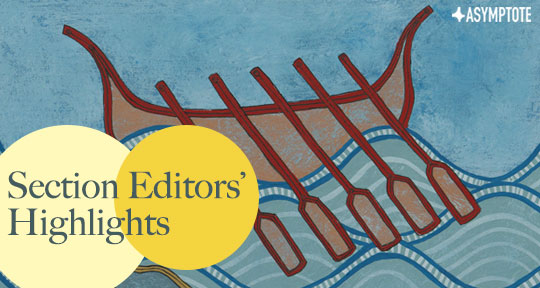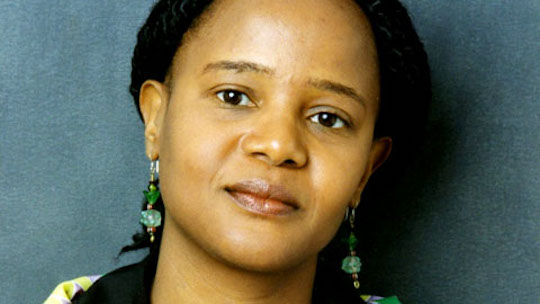Not sure where to start with the brand new Winter 2019 issue of Asymptote? At 35 countries represented, this issue is our most diverse yet, and marks the eighth anniversary of Asymptote. Here, our Section Editors recommend some of their favourite pieces from their respective sections.
The writing of María Sánchez tracks close to the ground; she hunts experience. In “The Next Word,” compellingly translated by Bella Bosworth, we accompany Sánchez in her truck, as she drives around the Spanish countryside, working as a field veterinarian. There is a great slowness to her prose, born of hours of careful observation of people and things. The letters that composed this piece read like prayers, written to an unknown God, in praise of those small moments in which, as Sánchez writes, “life stands still and nothing happens.” There is a delicate empiricism at work here—an empathy with the world and its rhythms that Sánchez reads by looking at her, as if she were the geiger counter of existence. “Sometimes”, she writes, quoting Gabriella Ybarra, “imagining has been the only option I have had to try to understand.”
— Joshua Craze, Nonfiction Editor


